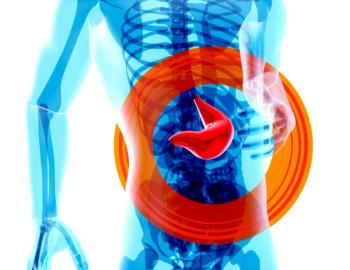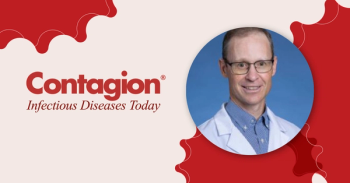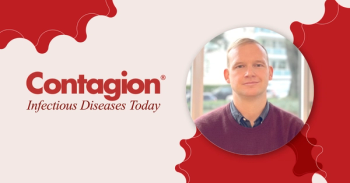
New Rapid, Cost-Effective Diagnostic Test for Viral & Bacterial Infections in Development
A team of researchers at Stevens Institute of Technology are working on the development of a rapid, cost-effective diagnostic test for the detection of bacterial and viral infections.
A team of researchers at Stevens Institute of Technology are working to develop a new diagnostic test to quickly identify bacterial and viral infections, a tool that can be very benefical to doctors as it can help ensure that the right treatments are prescribed to their patients.
According to the
At this year’s
“The gold-standard diagnostic test, blood culture, can take as long as three days or more to reach a diagnosis,” explained the project’s principle investigator, Matthew Libera, ScD, in an interview with Contagion®. “Until that time, a patient could be getting no antibiotic or, more likely, an inappropriate. The infection would then simply get worse. Without information about what specific bacterial strain is causing the infection, a clinician is only able to make an educated guess about what to prescribe and how much.”
To address that problem, Dr. Libera and his team have been developing a new detection technology based on gel-tethered DNA and RNA detection probes. The test works by using RNA extracted from drops of blood sampled from a patient, which is then sprinkled onto tiny dots of a specially designed microgel on a glass microscope slide. DNA in the microgel, known as molecular beacons, act as tags for a specific bacterium or virus and glow when they come in contact with matching RNA. The test features a new microgel with DNA probes that function better than earlier iterations of similar technology.
Libera notes that while there are many molecular diagnostic technologies currently commercially available, many tend to be slow and costly. “Detection methods based on molecular diagnostics such as ours can make a diagnosis in times on the order of an hour or less. Hence, the right antibiotic can be prescribed very quickly,” says Dr. Libera. “Speed leads to better patient outcomes and lower-health care costs.”
Dr. Libera says that his team should have a working prototype of their test that clearly demonstrates the differentiating features of their approach within 12 to 18 months. Following the research and development phase, the test will still require approval from the US Food and Drug Administration. “That might be the greater practical challenge and could take more time,” notes Dr. Libera. “However, we are trying now to design our prototype tests to target applications that may give the smoothest pathway to regulatory approval. We would hope to branch out after that.”
Feature Picture: From left: Dr. Tao Hong; Stevens professor Matt Libera; Stevens PhD candidates Feiyue Teng and Youlong Ma; Hackensack University Medical Center Dr. Gary Munk. Photo Credit: Stevens Institute of Technology.
Newsletter
Stay ahead of emerging infectious disease threats with expert insights and breaking research. Subscribe now to get updates delivered straight to your inbox.




























































































































































































































































































